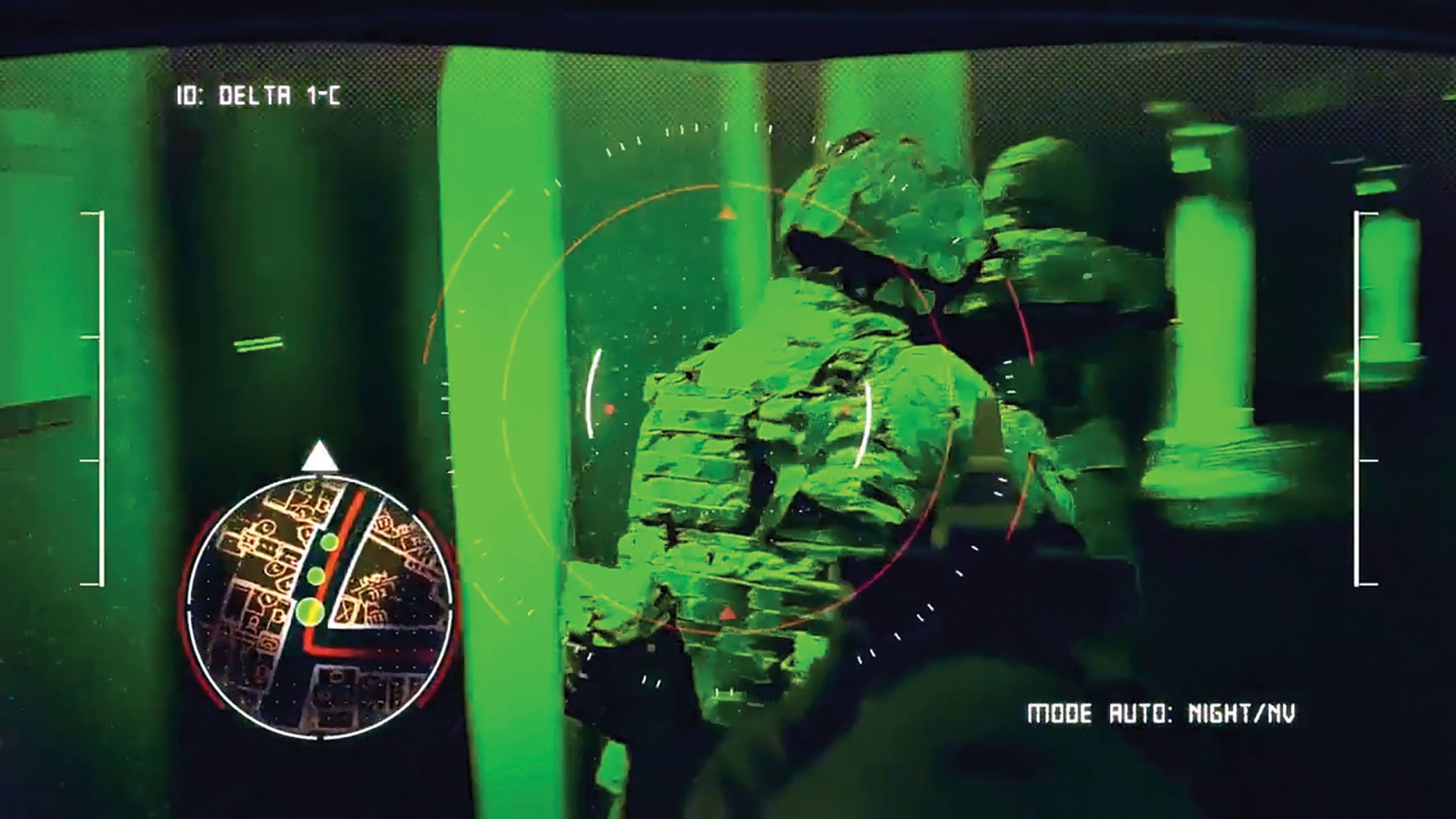Soldiers are having more of a say in how their kit is designed and fielded than any time in Army history.
In part it’s a way to save money and time by not delivering some wackadoo piece of gear that no soldier will take out of the box, let alone on patrol. They’ll ditch it because it’s too heavy, doesn’t work right or doesn’t fit within the scattering of items that in the past hang off of them like Christmas tree ornaments, each seemingly more of an afterthought than the previous addition.
Instead, in recent years, the Army, through the longstanding Program Executive Office-Soldier and the more recent creation the Soldier Lethality Cross Functional Team, have been adding in actual soldiers, and sometimes Marines, to try out gear in its early stages and give real feedback to designers and engineers.
RELATED

As always, it’s got to have an acronym, so the Army has dubbed this initiative “Soldier Center Design,” which it spelled out in more detail in a recent public statement on the program.
And beyond making gear fit and feel better, PEO Soldier and SL CFT looked at the soldier as a system, how one piece of gear added or taken away affects the capabilities of all other items that are on the dismounted individual.
“We ask a lot of the close combat force; we owe it to them to make sure we kit them with everything they need to be more survivable and more lethal and mobile. We can’t throw good ideas at them and expect them to field test them in combat,” said Col. Kurt “Travis” Thompson, SL CFT deputy director.
That approach has been common practice on larger platforms such as helicopters, Bradleys, Strykers and tanks. Mostly that’s because adding another radio or sensor or shooter added weight, consumed fuel and power.
The same is true for the brush-busting infantry soldier down to the squad level.
Generals, program heads and designers have foot-stomped the high number of “soldier touch points” on projects such as the Enhanced Night Vision Goggle-Binocular, which was fielded in September.
“Soldiers have been providing feedback for 240 years. That’s nothing new. But it’s not usually when we want it,” said Sergeant Major of the Army Michael Grinston at the ENVG-B fielding in September. “You can field a new piece of equipment and the soldier says, ‘This is terrible. I could never use it.’ The soldier now says, ‘This is what I’d like to see, I can use this.’”
Army Times interviewed soldiers and Marines at the first public event last year, which showcased early designs of the Integrated Visual Augmentation System, a kind of “mixed reality” goggle that aims to tie targeting, navigation, squad communication, thermal and night vision into one device.
The early designs started by using the Microsoft HoloLens.
“In the case of developing IVAS for the soldier, we had to start with a deep understanding of the underlying needs of the soldier,” said Scott Evans, Microsoft’s IVAS program manager. “We had to develop a methodology to make sure we understand those needs so that we can evaluate prototypes against them.”
At the backbone of those two efforts and future add-ons is the Adaptive Squad Architecture. It will serve as the central hub for all things connected to the individual soldier to the squad and all other connected platforms and formations. The ASA will be adaptable to new power sources and power management methods as well as applications and software to run current and future devices.
Another key piece of gear that SL CFT and PEO Soldier are working is the Next Generation Squad Weapon. That effort resulted in a down select to three companies with three different designs last year.
Soldiers and Marines were involved in test firing early prototypes and are scheduled for more touch points at nearly every major level of development over the next two to three years before a final systems is fielded to infantry and close combat units to replace the M4 and M16.
Todd South has written about crime, courts, government and the military for multiple publications since 2004 and was named a 2014 Pulitzer finalist for a co-written project on witness intimidation. Todd is a Marine veteran of the Iraq War.




